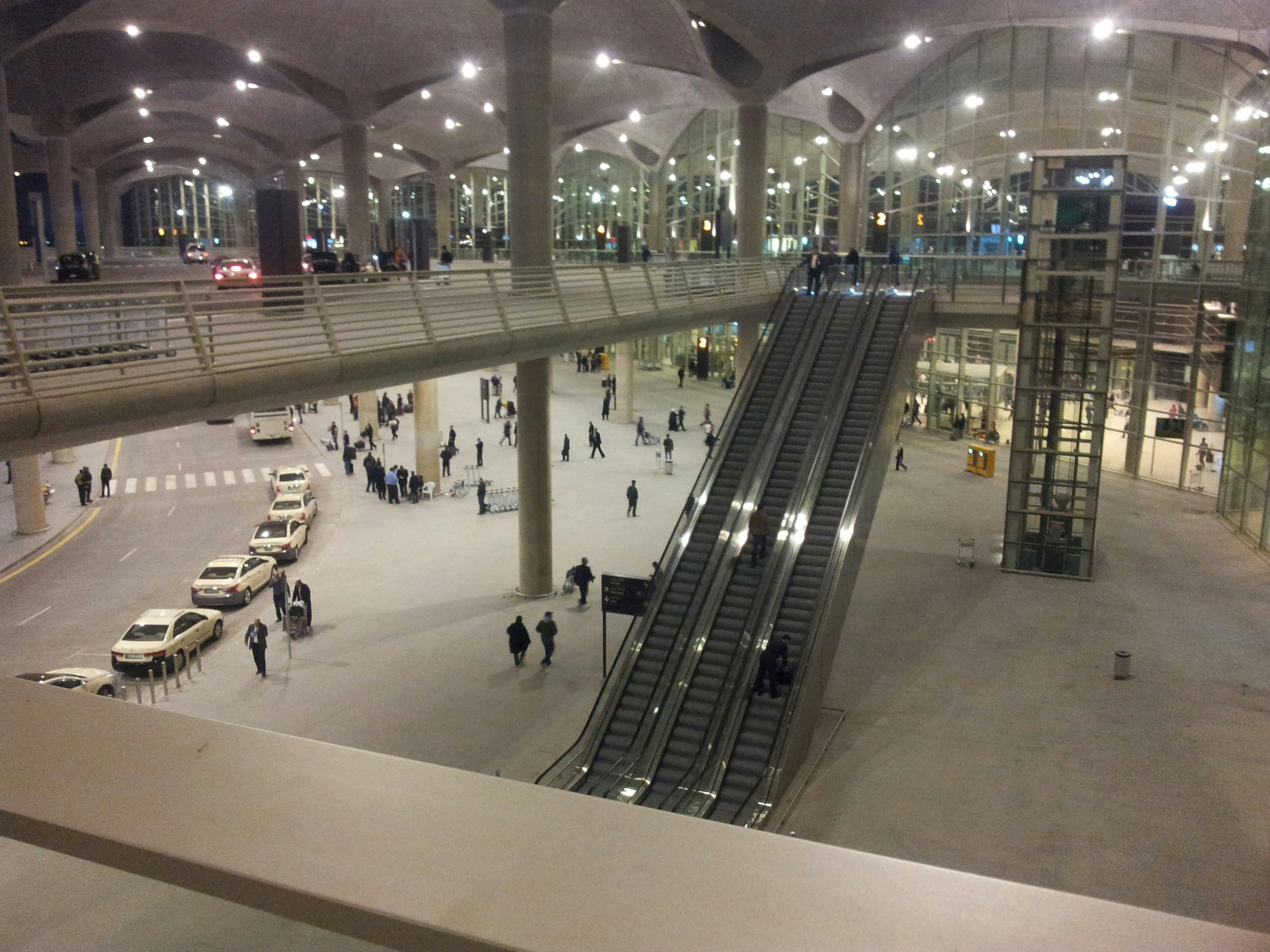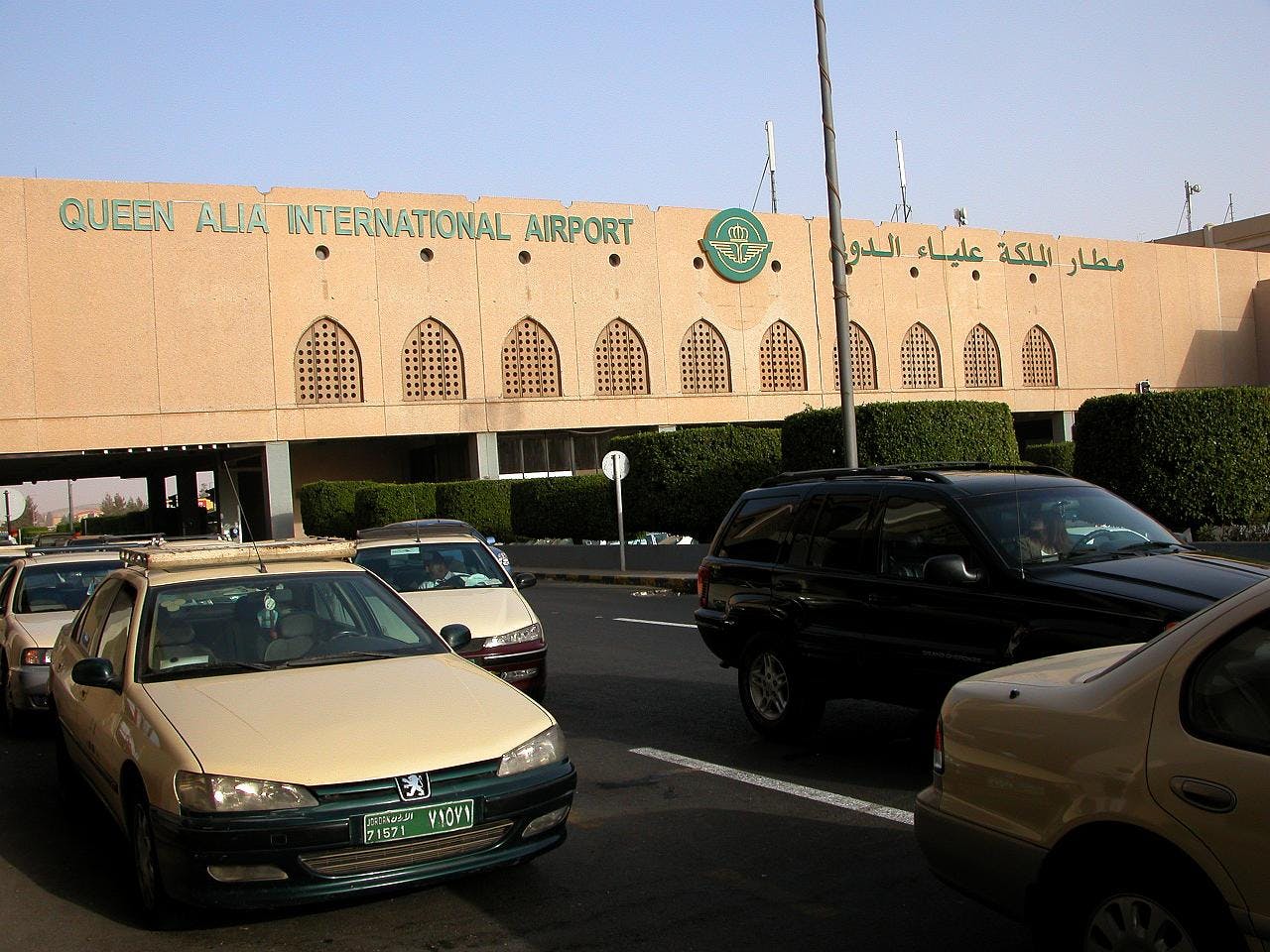When they started computerizing the Jordanian passport issuing process, the “computer” line had a wait twice as long as that of the “manual” line. Today, no one could argue that we were better off with a non-computerized process for passports.
Folks, this is the future, and its for the better—like it or not. Transitions are never smooth, but if you think the new development is for the worse, you are decidedly mistaken.
Today, many are complaining that this huge investment is going to waste after witnessing some disappointments in the launch of the airport building. Luggage is arriving late at the baggage claims, people are being help up in security, and confusion is abundant regarding parking and transportation.
Truth is, huge transitions are always tumultuous. But the Airport International Group (AIG) has made a huge innovation, and they have shown (and are showing) great courage in their innovation.
There is something known as the innovator’s dilemma, and that can be explained as follows [1]:
- A disruptive innovation initially offers lower performance than what the mainstream market historically demanded.
- At the same time, it provides some new performance attributes, which in turn makes it prosper in a different market.
- As it improves along the traditional parameters it eventually displaces traditional technology.
Examples of disruptive innovations are abundant. And I want to go over a few to make my point, then I’ll come back to the airport:
The iPhone
The original iPhone was largely inferior to other “smart” phones on the market at the time. It didn’t include copy/paste, multimedia messaging, or apps, it was a locked-down platform that was still largely appealing due to its aesthetics and user-friendliness. With time, the iPhone improved, opened up its ecosystem, and added more features that more traditional phones had. These days, a touch-based smartphone is in most cases objectively better than the pre-2007 phones. A new disruptive innovation completely replaced the old technology.
Graphical User Interfaces
Initially, terminal computers and personal computers were used through a text-based console. Commands were given through a command-line interface and input and output was generated through standard input and output screen that were typed on the keyboard and displayed (as text) on the screen. Then came the graphical user interface, with pointing devices, clicking and double-clicking, dragging, dropping, icons, shapes, etc. there was a huge potential. But many doubted GUIs would replace command-line because the first iteration of GUI shells and operating systems were less capable than a command-line.
These days, few of us in the mainstream market ever use a command-line interface, and only a few professions, such as system administrators and software engineers need command-line for their daily work. For the rest of us, a new disruptive innovation completely replaced the old technology.
LCD Display
LCD Displays were thinner, more beautiful displays but initially offered an inferior image quality to CRT screens. They initially enabled new technologies like notebook computers but remained unpopular on desktop machines and televisions. Today, LCD display replaced CRT in virtually all areas when it comes to personal computers and televisions.
The Airport
The Queen Alia International Airport is not too different. While not exactly a consumer technology, or a product with multiple iterations, the “disruptive innovation” parallels can still be drawn:
The airport is more capable, accommodates more individuals, accommodates larger aircraft that previously couldn’t even land in the previous airport, has improved aesthetics, is more modular, can sustain expansion efficiently, and is significantly aesthetically pleasing.
The product in this case is the service provided by the airport staff, and this service can have different “iterations” as the staff gets retrained and gets accustomed to previous kinks and complications.
Time will only tell how successful this project was. Personally, however, I am excited at the opportunities it presents.
Footnotes
-
The new Queen Alia International Airport. Photo via archdaily.com. © Nigel Young, Foster + Partners ↩
-
The old Queen Alia International Airport building. via Flickr by Dennis Jarvis. BY-SA 2.0. ↩
 Airport, by Freedom's Falcon on Wikipedia
Airport, by Freedom's Falcon on Wikipedia
